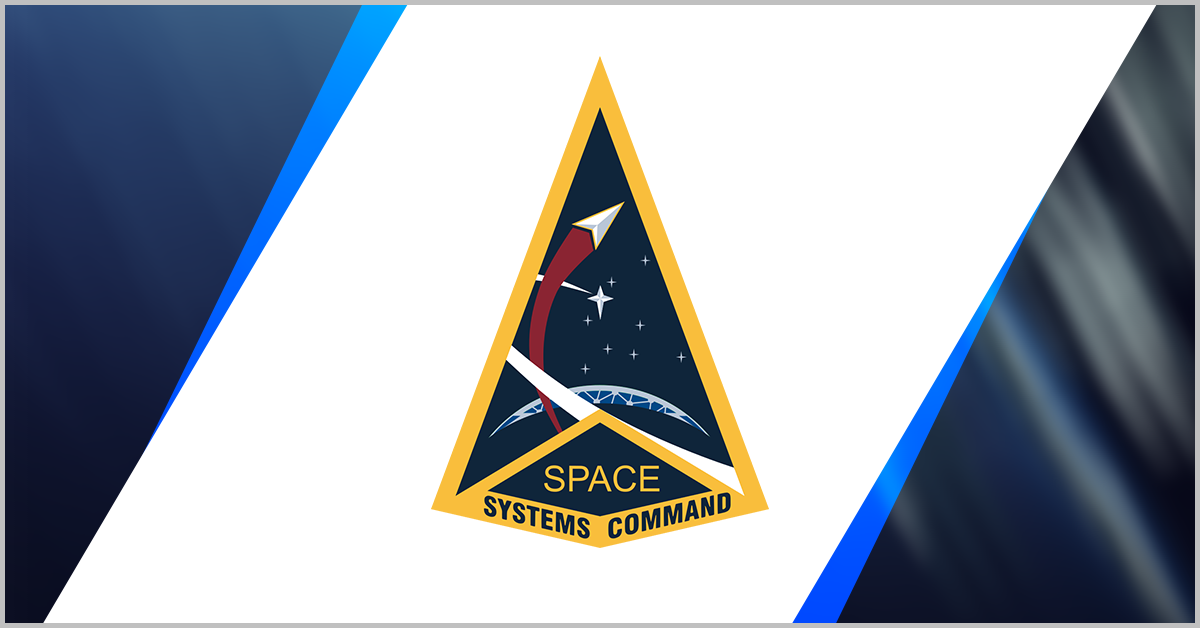The U.S. Space Force’s Space Systems Command and NASA have collaborated to launch a mission carrying six experiments to the International Space Station.
The SSC said Friday the Space Test Program-Houston 10, or STP-H10, mission was launched aboard SpaceX’s Commercial Resupply Service-32 mission on April 21 from Launch Complex 39A at the Kennedy Space Center in Florida.
Resupplying ISS With Experimental Science Payloads
The STP-H10 mission, installed on the European Space Agency Columbus module’s exterior, deployed five Department of Defense and one NASA experimental science payload to the ISS. The ISS resupply mission is intended to help enhance warfighter capabilities through broadened scientific knowledge.
The six experiments, secured inside a Cargo Dragon spacecraft, were provided by the DOD Space Experiments Review Board and collaborations among the SSC, NASA, Naval Research Laboratory, Air Force Academy and Missile Defense Agency. They are:
- Neutron Radiation Detection Instrument-1B, or NeRDI-1B
- Falcon Optical Defense and Intelligence through Neuromorphics, or Falcon ODIN
- Cadmium zinc TElluride Radiation Imager, or TERI
- Space Edge Experiments and Demonstrations, or SEED
- Space Plasma Diagnostic Suite 3, or SPADE-3
- Solar Flare X-Ray Timing Investigation, or SFXTI (which will study the temporal dynamics of solar flares)
“The Space Test Program provides a vital pathway for the Department of Defense to explore new technologies in the harsh environment of space,” said Lt. Col. Brian Shimek, director of the DOD Space Test Program. “STP-H10 represents our commitment to innovation, and the data gathered from these six experiments will directly contribute to the development of future Space Force capabilities.”





